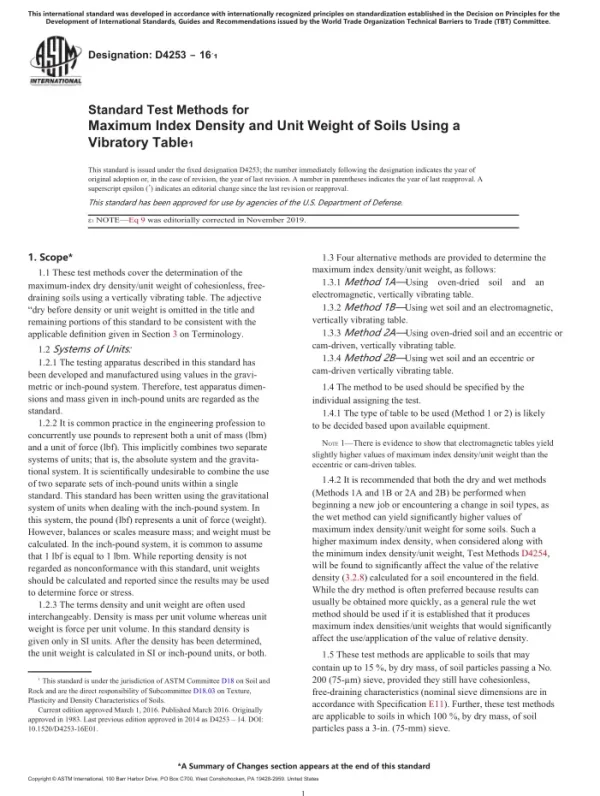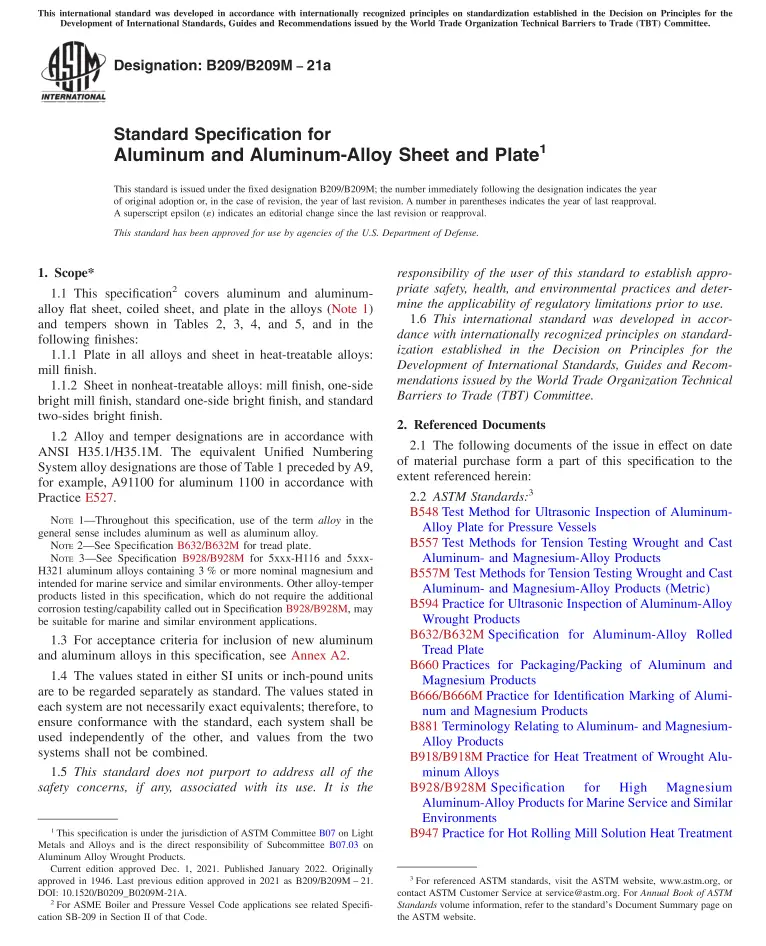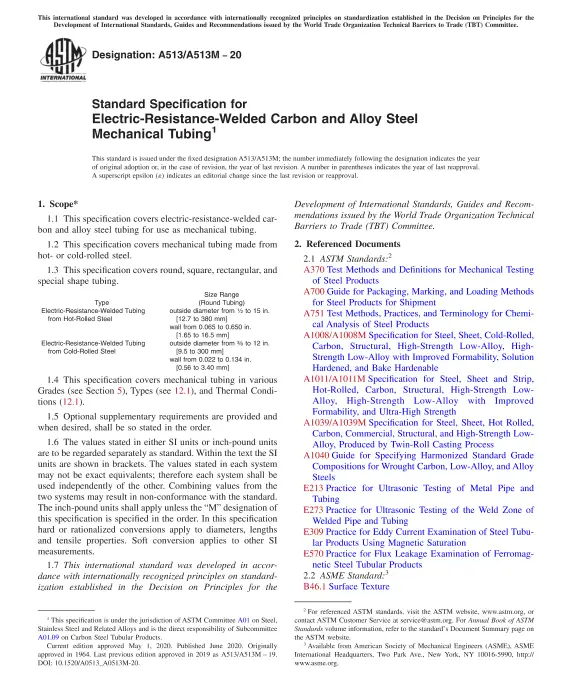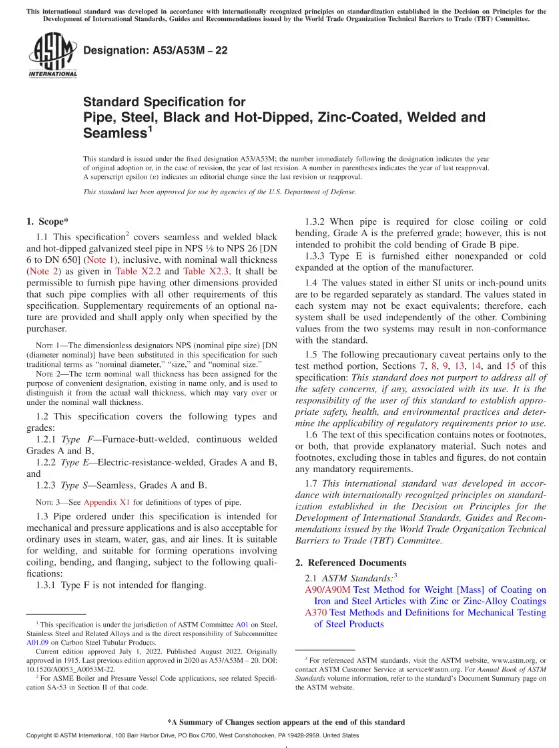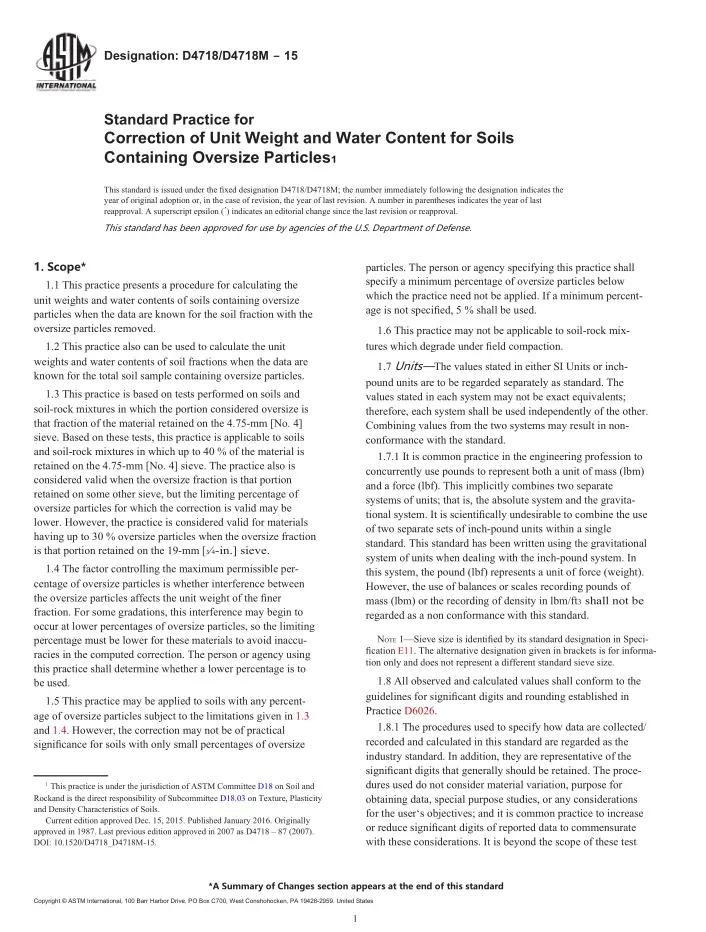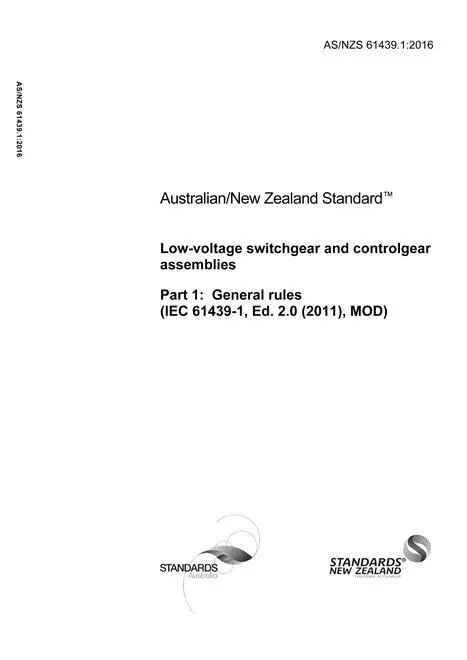ASTM D4253, 2016 Edition – Standard Test Methods for Maximum Index Density and Unit Weight of Soils Using a Vibratory Table
These test methods cover the determination of the maximum-index dry density/unit weight of cohesionless, freedraining soils using a vertically vibrating table. The adjective “dry before density or unit weight is omitted in the title and remaining portions of this standard to be consistent with the applicable definition given in Section 3 on Terminology.
Systems of Units:
The testing apparatus described in this standard has been developed and manufactured using values in the gravimetric or inch-pound system. Therefore, test apparatus dimensions and mass given in inch-pound units are regarded as the standard.
It is common practice in the engineering profession to concurrently use pounds to represent both a unit of mass (lbm) and a unit of force (lbf). This implicitly combines two separate systems of units; that is, the absolute system and the gravitational system. It is scientifically undesirable to combine the use of two separate sets of inch-pound units within a single standard. This standard has been written using the gravitational system of units when dealing with the inch-pound system. In this system, the pound (lbf) represents a unit of force (weight). However, balances or scales measure mass; and weight must be calculated. In the inch-pound system, it is common to assume that 1 lbf is equal to 1 lbm. While reporting density is not regarded as nonconformance with this standard, unit weights should be calculated and reported since the results may be used to determine force or stress.
The terms density and unit weight are often used interchangeably. Density is mass per unit volume whereas unit weight is force per unit volume. In this standard density is given only in SI units. After the density has been determined, the unit weight is calculated in SI or inch-pound units, or both.
Four alternative methods are provided to determine the maximum index density/unit weight, as follows:
Method 1A—Using oven-dried soil and an electromagnetic, vertically vibrating table.
Method 1B—Using wet soil and an electromagnetic, vertically vibrating table.
Method 2A—Using oven-dried soil and an eccentric or cam-driven, vertically vibrating table.
Method 2B—Using wet soil and an eccentric or cam-driven vertically vibrating table.
The method to be used should be specified by the individual assigning the test.
The type of table to be used (Method 1 or 2) is likely to be decided based upon available equipment.
NOTE 1—There is evidence to show that electromagnetic tables yield slightly higher values of maximum index density/unit weight than the eccentric or cam-driven tables.
It is recommended that both the dry and wet methods (Methods 1A and 1B or 2A and 2B) be performed when beginning a new job or encountering a change in soil types, as the wet method can yield significantly higher values of maximum index density/unit weight for some soils. Such a higher maximum index density, when considered along with the minimum index density/unit weight, Test Methods D4254, will be found to significantly affect the value of the relative density (3.2.8) calculated for a soil encountered in the field. While the dry method is often preferred because results can usually be obtained more quickly, as a general rule the wet method should be used if it is established that it produces maximum index densities/unit weights that would significantly affect the use/application of the value of relative density.
These test methods are applicable to soils that may contain up to 15 %, by dry mass, of soil particles passing a No. 200 (75-μm) sieve, provided they still have cohesionless, free-draining characteristics (nominal sieve dimensions are in accordance with Specification E11). Further, these test methods are applicable to soils in which 100 %, by dry mass, of soil particles pass a 3-in. (75-mm) sieve.
Soils, for the purpose of these test methods, shall be regarded as naturally occurring cohesionless soils, processed particles, or composites or mixtures of natural soils, or mixtures of natural and processed particles, provided they are free draining.
These test methods will typically produce a higher maximum dry density/unit weight for cohesionless, freedraining soils than that obtained by impact compaction in which a well-defined moisture-density relationship is not apparent. However, for some soils containing between 5 and 15 % fines, the use of impact compaction (Test Methods D698 or D1557) may be useful in evaluating what is an appropriate maximum index density/unit weight.
These test methods will typically produce a lower maximum dry density/unit weight than that obtained by vibrating hammer using Test Method D7382.
For many types of free-draining, cohesionless soils, these test methods cause a moderate amount of degradation (particle breakdown) of the soil. When degradation occurs, typically there is an increase in the maximum index density/ unit weight obtained, and comparable test results may not be obtained when different size molds are used to test a given soil.
All observed and calculated values shall conform to the guidelines for significant digits and rounding established in Practice D6026.
For purposes of comparing a measured or calculated value(s) to specified limits, the measured or calculated value(s) shall be rounded to the nearest decimal or significant digits in the specified limits.
The procedures used to specify how data are collected/ recorded or calculated, in this standard are regarded as the industry standard. In addition, they are representative of the significant digits that generally should be retained. The procedures used do not consider material variation, purpose for obtaining the data, special purpose studies, or any considerations for the user’s objectives; and it is common practice to increase or reduce significant digits of reported data to be commensurate with these considerations. It is beyond the scope of this standard to consider significant digits used in analysis methods for engineering design.
This standard does not purport to address all of the safety concerns, if any, associated with its use. It is the responsibility of the user of this standard to establish appropriate safety, health, and environmental practices and determine the applicability of regulatory limitations prior to use.
This international standard was developed in accordance with internationally recognized principles on standardization established in the Decision on Principles for the Development of International Standards, Guides and Recommendations issued by the World Trade Organization Technical Barriers to Trade (TBT) Committee.
*A Summary of Changes section appears at the end of this standard
General Product Information:
| Revision | 2016 Edition, Revision E1 |
| Document Type | |
| Document Language | English |
| Pages | 14 |
| Publisher | ASTM International (ASTM) |
| Status | Current |

